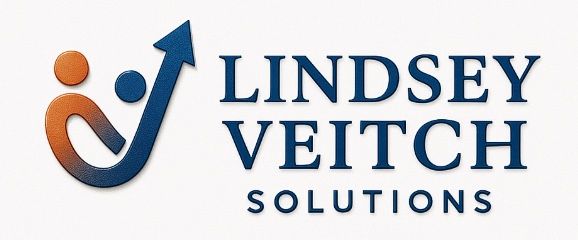Mastering Project Management in Customer Success
Understanding the Role of Project Management in Customer Success
In the realm of customer success, project management plays a pivotal role in ensuring that customer interactions are smooth and efficient. By leveraging project management techniques, customer success teams can systematically manage tasks, timelines, and resources, ultimately leading to a more satisfying customer experience. Understanding how to integrate these methodologies into your daily operations can significantly improve your team's effectiveness.

Project management in customer success is all about aligning customer goals with company objectives. This alignment ensures that every team member understands their role in delivering value to the customer. By employing structured project management frameworks, such as Agile or Scrum, teams can adapt quickly to changing customer needs while maintaining high standards of service quality.
Key Project Management Techniques for Customer Success
There are several project management techniques that can be particularly beneficial for customer success teams. One such technique is the use of Kanban boards. These visual tools help teams track progress and prioritize tasks effectively. By visualizing work items and their flow, teams can quickly identify bottlenecks and make necessary adjustments.
Another useful technique is timeboxing, which involves allocating fixed time periods to specific tasks. This method encourages focus and efficiency, helping teams to meet deadlines and deliver timely updates to customers. Implementing timeboxing can lead to increased productivity and better management of customer expectations.

Implementing Effective Communication Strategies
Communication is at the heart of successful project management in customer success. Establishing clear and consistent communication channels is essential for keeping all stakeholders informed and engaged. Whether through regular meetings, progress reports, or collaborative tools like Slack or Microsoft Teams, maintaining open lines of communication ensures that everyone is on the same page.
It's also important to develop a feedback loop with customers. Regular feedback sessions help teams identify areas for improvement and adjust strategies accordingly. By actively listening to customer input, teams can enhance their service offerings and build stronger relationships with clients.
Utilizing Technology for Streamlined Processes
Incorporating technology into project management processes can greatly enhance the efficiency of customer success teams. Tools such as Customer Relationship Management (CRM) systems, project management software, and automation platforms streamline operations, allowing teams to focus on strategic initiatives rather than administrative tasks.

By using these tools, teams can automate routine processes, track customer interactions more effectively, and gain insights through data analytics. This technological integration not only improves operational efficiency but also provides a better understanding of customer behavior, enabling more personalized service delivery.
Measuring Success and Continuous Improvement
To truly master project management in customer success, it's crucial to establish metrics for success. Key Performance Indicators (KPIs) such as customer satisfaction scores, churn rates, and response times provide valuable insights into team performance and areas needing improvement.
Regularly reviewing these metrics allows teams to identify trends and adjust their strategies proactively. Embracing a culture of continuous improvement ensures that customer success efforts remain aligned with evolving business goals and customer needs.
In conclusion, mastering project management in customer success requires a combination of strategic planning, effective communication, technological integration, and a commitment to continuous improvement. By adopting these practices, organizations can deliver exceptional value to their customers while fostering long-term relationships.
